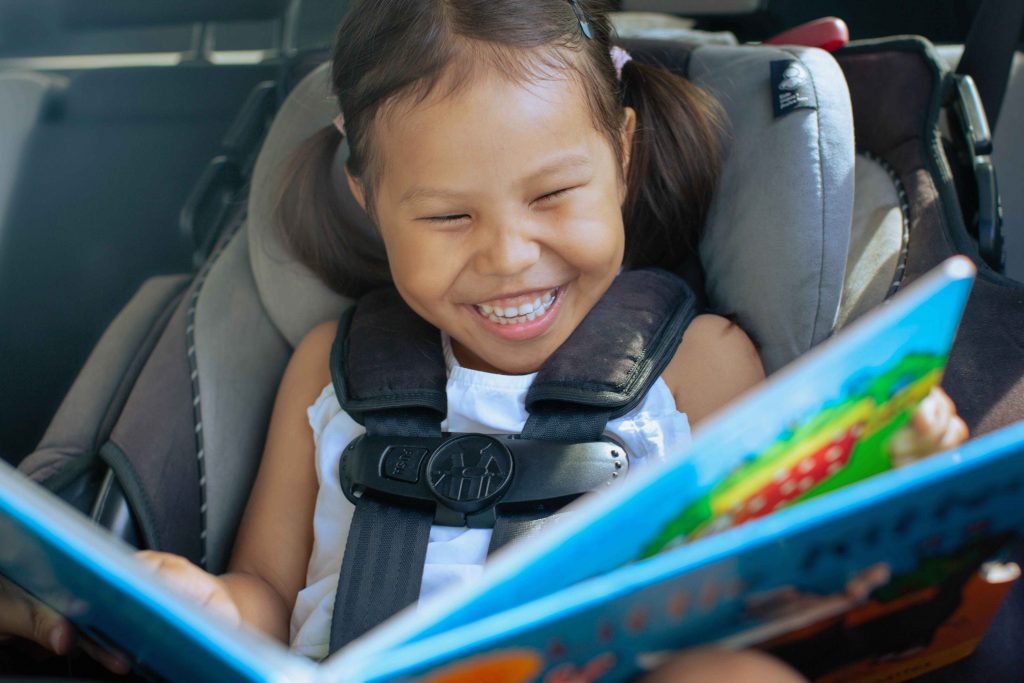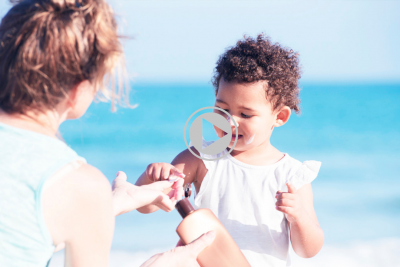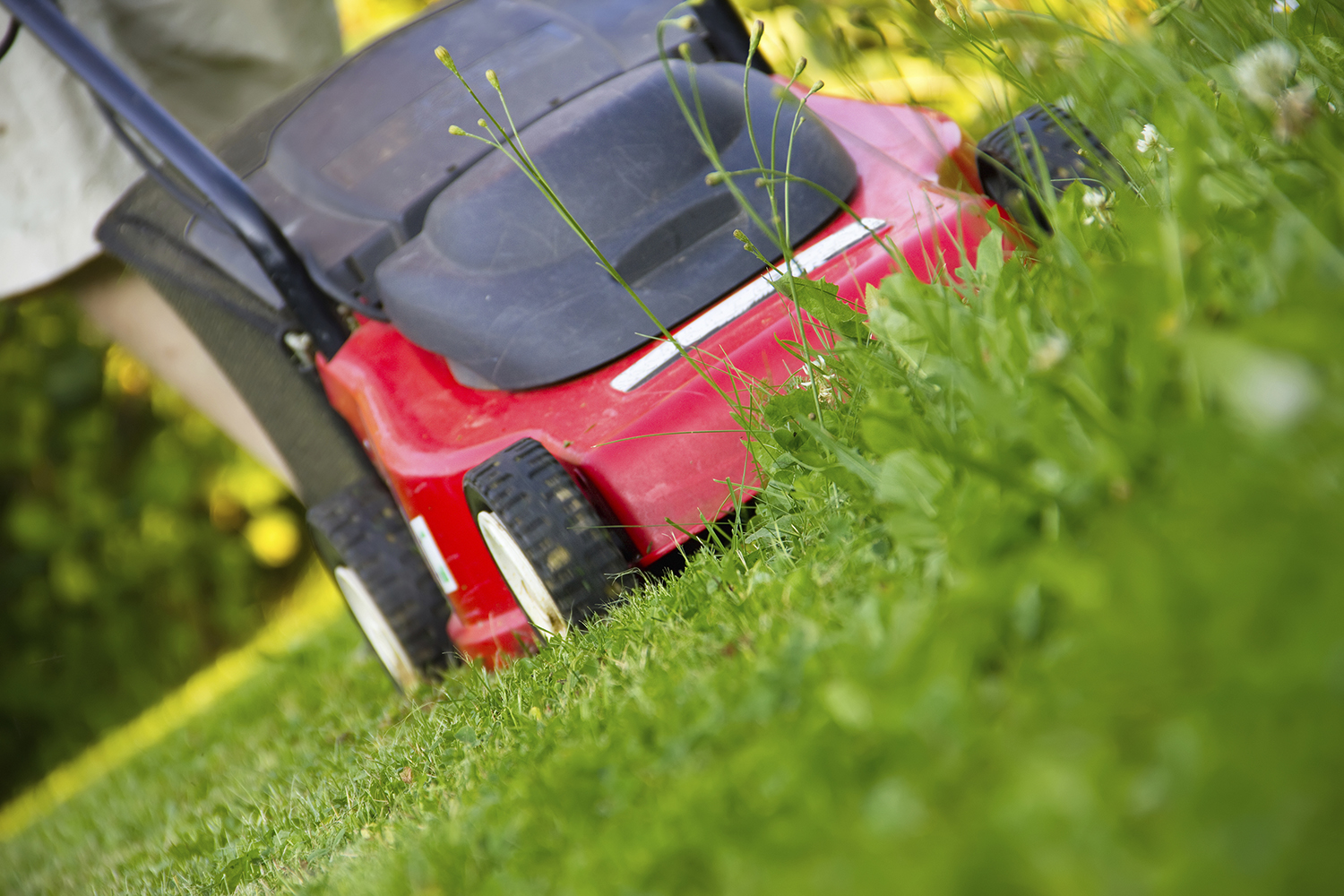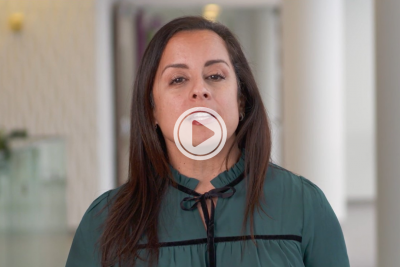Does anyone else feel like they are constantly in the car? Going to work, running errands, going to the library or park, and hitting I-70 to visit family, I’m constantly in my vehicle! Wherever I go, my little one is often with me. Keeping him safe in the car is a top priority! Here are some tips on keeping your kids safe in the car, when to go to the ER after a car accident, and what you should do with yourcar seatafter an accident.
Car Seat Safety Recommendations
In 2018, the American Academy of Pediatrics (AAP) released its most recent recommendations forcar safety. These recommendations were made to reduce severe injury and death in children involved in car accidents.
- Infants/toddlers should be in rear-facing car seats until they outgrow the weight/height limits of your specific car seat. Many rear-facing infant/toddler car seats have a weight limit of 40 lbs, but be sure to check your particular model. Keeping small children rear-facing reduces head and neck injuries, which can be life-threatening!
- Once forward-facing, keep your child in a five-point harness until they reach the weight limit. This is typically 65 pounds for most models.
- Older children should be kept in a booster or front-facing car seat with a seat belt adjusting guide until the seatbelt goes comfortably over their shoulder and across the lap (not touching the neck or sitting up on the abdomen). Seat belts usually start fitting children properly when they are around 4 feet 9 inches, about 8-12 years. A child who is too small for the seat belt risks significant injuries to the blood vessels in the neck and the organs in the abdomen due to pressure to these areas from the seat belt in the event of an accident.
- Children under the age of 13 should always ride in the backseat of the car, no matter their height or weight.
- The safest place for a car seat or booster is the middle back seat.
- Remember to model car safety to your children by always wearing your seat belt when riding in a car!
We’ve Been in an Accident. Should I Go to the Emergency Room?
Car accidents vary in severity. The decision to seek a medical evaluation for your child after an accident depends on how your child was restrained, the severity of the accident, and your comfort level as a parent.
When to Go to the ER
- If your child has apparent injuries such as bleeding, limping, bruising, or marks (particularly on the neck or abdomen), or if they can talk, are reporting pain.
- If your child lost consciousness or is vomiting after a car accident.
- If your child is crying and difficult to calm, this could be a sign of injury in a child who cannot talk yet.
- 如果涉及的汽车要快(40毫升以上es per hour), if airbags deployed, if your child was not properly restrained in a car seat or seat belt, if someone died as a result of the accident, or if emergency workers had to open the car to get your child or other passengers out of the car—these are all indicators of a more significant accident.
- If on-scene emergency workers advise you to have your child evaluated by a doctor.
- If you are concerned that your child might be injured.
Evaluation after a car accident in an emergency department will include a head-to-toe physical exam looking for injuries. Depending on the severity of the car accident and identified injuries on the exam, your child may need to be placed in a neck brace, get x-rays, and/or have blood work drawn to further evaluate for injuries to the bones and internal organs.
If your child has several injuries or there is a concern for an injury to an internal organ, pediatric trauma surgeons may become involved in your child’s care. Very injured children are often identified by emergency workers at the accident site. They are then brought to a pediatric emergency room to be seen quickly by a trauma team. This typically includes pediatric emergency medicine doctors, pediatric trauma surgeons, nurses, and occasionally, pediatric anesthesiologists.
In case of a medical emergency with a child, determine where the nearest accredited, Level I pediatric trauma center is located. St. Louis Children’s Hospital has six pediatric ER locations across the St. Louis and southern Illinois region. These includeSt. Louis Children’s Hospital,Children’s Hospital at Memorial Hospital Belleville,Children’s Hospital at Memorial Hospital Shiloh,Children’s Hospital at Missouri Baptist Medical Center,Children’s Hospital at Northwest HealthCare, and在西方进步医院儿童医院.
Should I Replace My Car Seat After an Accident?
The National Highway Traffic Safety Administration developed guidelines to help families identify when a car seat should be replaced. This is due to concern for damage from an accident which could make the car seat unsafe to use. A car seat can continue to be used after an accident if the following criteria are met:
- There are no cracks or deformities to the car seat (be sure to look under the padding to find any hidden breaks)
- The car in which the car seat is installed could be driven away from the scene
- There is no damage to the car door nearest to the car seat
- No one in the vehicle was injured in the collision
- Airbags did not deploy in the car
If you need to replace your car seat after an accident, check in with your insurance company. They may cover the cost of a replacement car seat under your policy. Many ERs also have programs to assist in getting a replacement car seat, particularly if you need one to get home. So, ask about this if your child is in the ER after a car accident.
St. Louis Children’s Hospital’s Safety Stopoffers car seat installation and has discounted car seats for sale with safety experts that can help you navigate which car seat is right for your child. The Safety Stop has appointments at 5 area locations. These include the main hospital, the West and South County Specialty Care Centers, Progress West Hospital, and the Magic House. If you have a car seat or other safety question, they will have an answer! Call (314-565-0369) to make an appointment!
Car accidents can happen at any time to anyone. Protecting yourself and your children by buckling up and following the AAP guidelines for proper car seat safety may save a life and prevent severe injuries in your littlest loved ones.







Comments